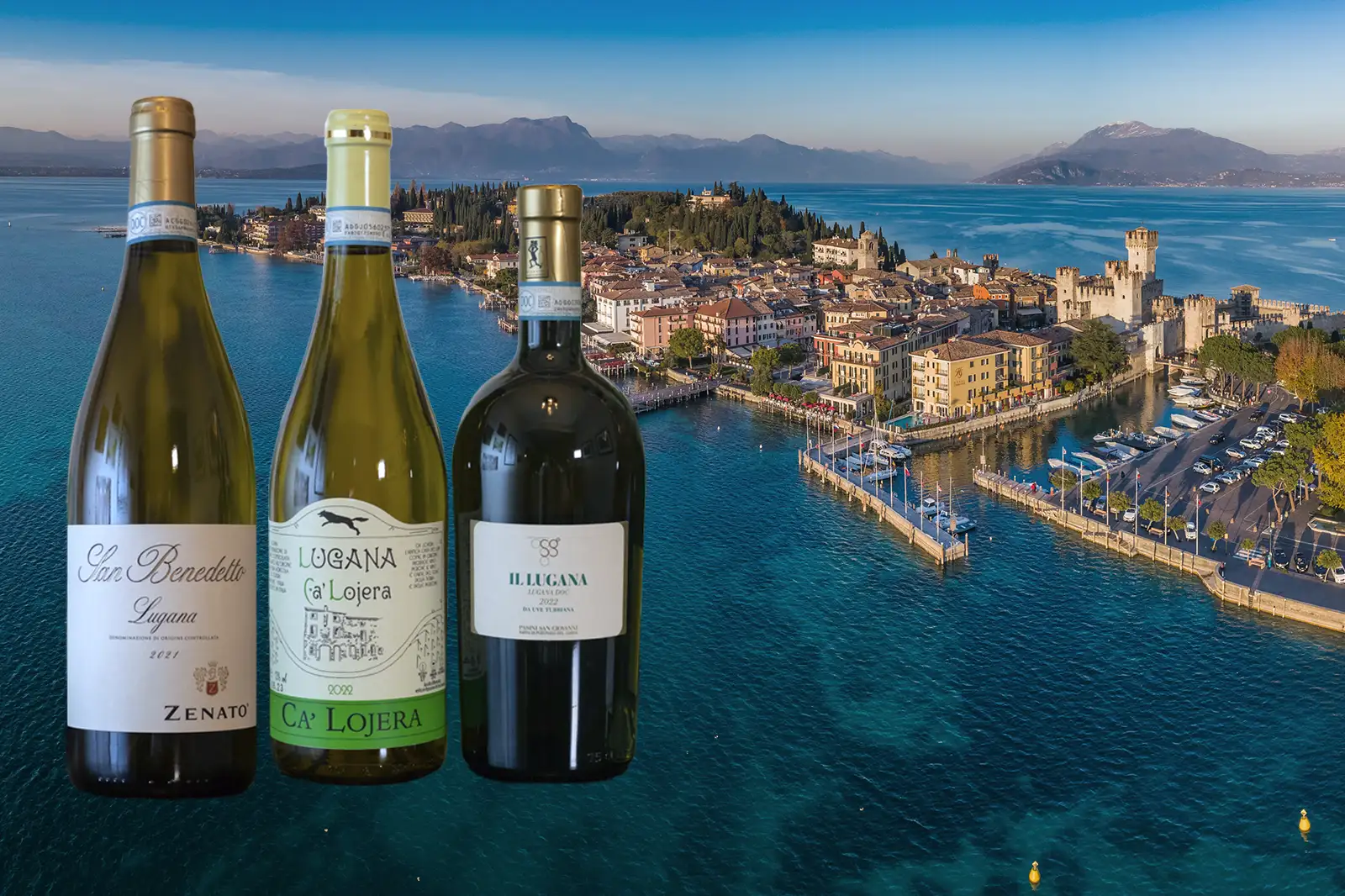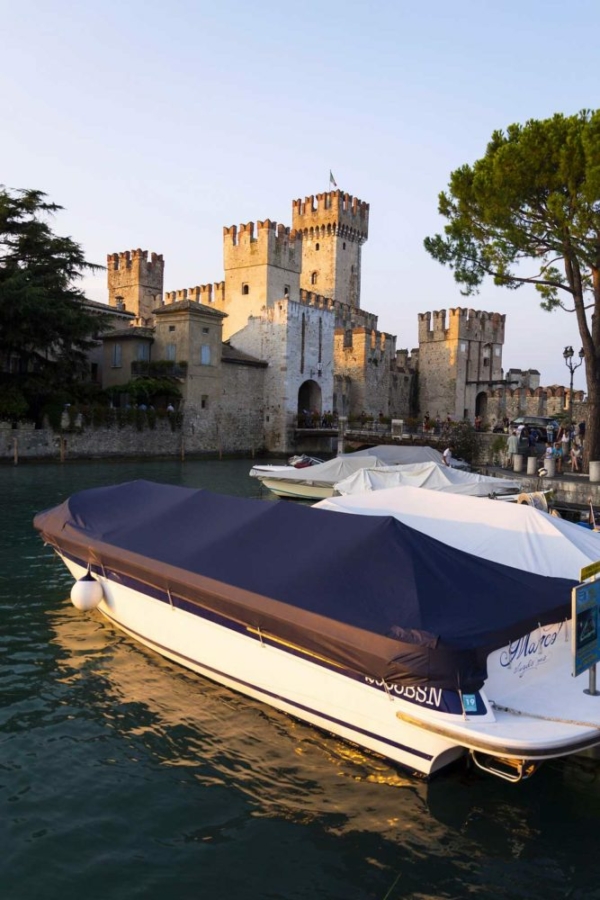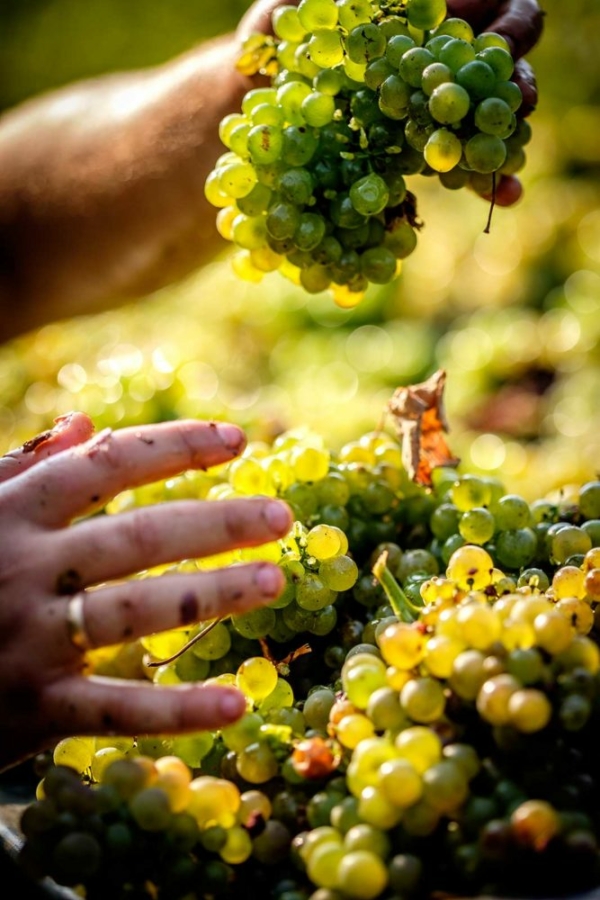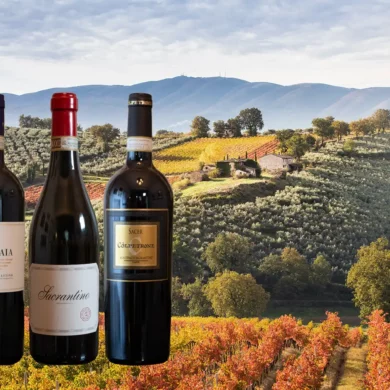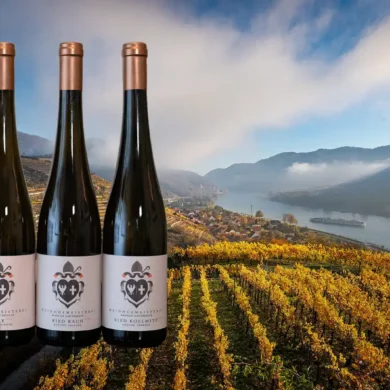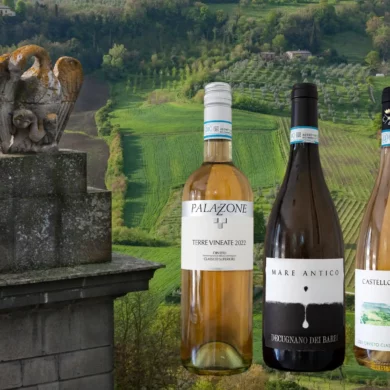The Lugana DOC is a small, predominantly white wine appellation in Northern Italy that straddles the Lombardy and Veneto border on the southern shore of Lake Garda. These are highly versatile, caressing and smooth white wines bursting with wonderful and evocative aromas, and you could easily make the case that they are within the upper echelon of Italian white wines.
Whether you’ve never tasted a Lugana — or you are giving it your first serious look as a wine student — this First-Taste Guide by wine writer and Italian Wine Scholar Kevin Day will hook you up.
Welcome to Lugana
Lugana deserves a spot in your wine fridge. Pair with anything. Open on any occasion. Go back for more: it’s underpriced.
The last Ice Age blessed northern Italy with some of the most agreeable and impossibly gorgeous lakes in the world: Orta, Maggiore, Como, Iseo and Garda. Take a gander at any of them and it feels as though nature wanted to give humanity an excuse to invent the sailboat: blue waters, scenic skylines, constant breezes, a leisurely atmosphere …
Of these grand lochs, the latter — Lake Garda — most resembles an inland sea and if you dive into the various wines blessed by Garda’s humid kiss, you will quickly find two sweet spots of pleasure: the Chiaretto (rosé) wines of Riviera del Garda and Bardolino, and the supple white wines of the Lugana DOC.
Every time I uncork a Lugana wine, I am surprised by the quality. And yet I shouldn’t be. Made from Turbiana (a close relative of Verdicchio, one of Italy’s top 5 greatest white grape varieties), Lugana leans on a premium ingredient from the start. Yet we don’t talk about Lugana much in Italian wine circles, possibly because of its affordable price and the lack of a cult producer to fuel fervor among wine people online. In truth, my surprise says more about the modern wine world and those who influence it than it does about Lugana.
So let me be clear: Lugana deserves a spot in your wine fridge. It is the ultimate closer: pretty little aromas evocative of natural landscapes, a clean line of acidity, and the kind of texture that envelopes the palate. Pair with anything. Open on any occasion. Go back for more: it’s underpriced.
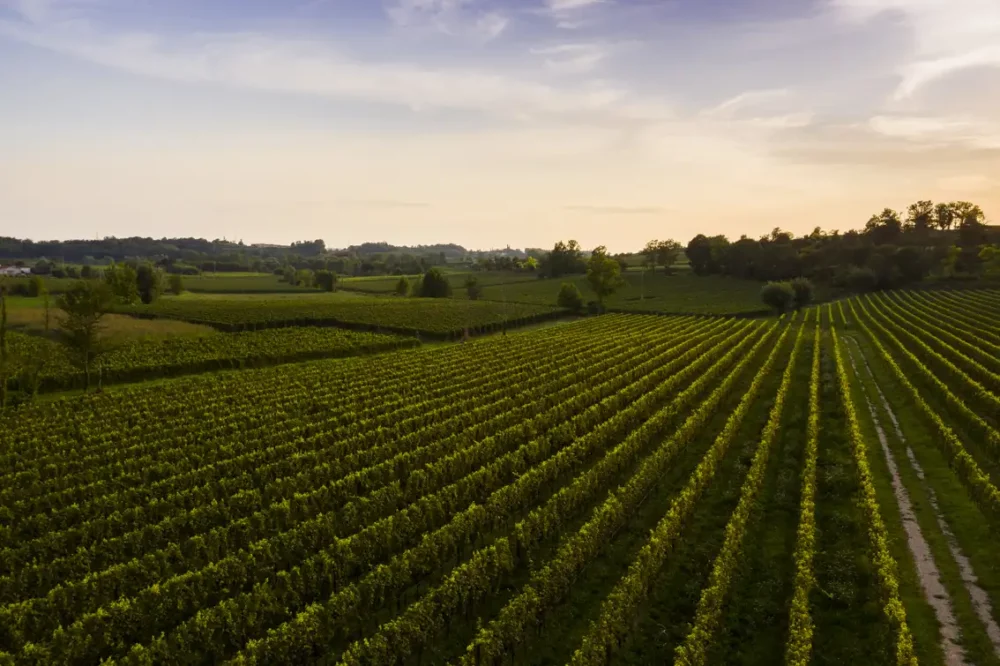
Still, it would be unfair to label Lugana fully as “under the radar.” After all, it was the first DOC designated in Lombardy in 1967, and the wines are also especially loved in Germany (a major export market) and by any tourist who has visited Lake Garda and asked for a white wine.
3 Reasons to Try Lugana
- You are looking for a white wine with a compelling texture – Turbiana — the lead actor and often-solo act in Lugana’s white wines — has thick skins that can handle humidity, and those skins have a lot to say if you give the wine some time to macerate with them. Lugana’s winemakers seem to have cracked the code on this very close relative of Verdicchio, and the wines often give a glossy, polished and caressing sensation on the palate.
- You are making something salty in the kitchen – Lugana seems to have an alchemy with salty dishes. Like many Italian white wines, it has the refreshing qualities to cleanse the palate. But that’s a mere baseline. Where things get elevated is in Lugana’s texture and weight, which seems to hold on to everything so you can savor it a little longer. Factor in its degrees of complexity and you have a gastronomy wine for a startling low price. Speaking of which …
- You need further proof that Italian white wines are underrated – White wines from the Lugana DOC regularly clock in between $16 and $20. They ought to be twice that based on their quality alone, but since this region is often overlooked, it represents a superb hiding-in-plain-sight value for consumers.
What is Lugana DOC Wine?
Nine out of 10 bottles from the Lugana DOC are fresh, exuberant white wines made from at least 90% Turbiana, a grape formerly known as Trebbiano di Lugana until genetic testing divorced it from the Trebbiano family. A vast majority of these wines, however, are varietal. Almost all of them are raised in stainless-steel tanks. More serious versions might see time in oak.
The disciplinare allows for two other designations for still wine: Lugana Superiore DOC (which must be aged for 12 months before release) and Lugana Riserva DOC (which must be aged for 24 months, of those, six months in bottle).
A late-harvest sweet wine (Vendemmia tardiva) and both methods of sparkling wine (metodo classico and charmat) are allowed as well, but because of what you’ll find on our shelves here in the States, I am focusing only on the white wines in this guide.
About Lugana and Its Wine
If you are intimately familiar with the geography of the Alps, you might be confused that this appellation is not on Lake Lugano — which resides in Switzerland north of Varese and whose western shore touches Italy. (I briefly made that assumption when I approached my first taste of Lugana many years ago.)
No, Lugana DOC is snug against Lake Garda, and it is a cross-regional appellation, straddling the line between Lombardy and Veneto. Most of the vineyards and winemaking facilities lie on the Lombardy side of the border. Given this fact — as well the viticultural spotlight of Bardolino, Valpolicella and Soave on the Veneto-side of Lake Garda’s area — Lugana wine is more readily associated as a Lombardy wine.
But such borders mean very little to grapevines, and they cannot change the fact that this pleasant white wine’s identity is centered on the lake and its style of cuisine: fish and veggies, sometimes fried, squirt of lemon, done. It is a wine that might seem simple at first, but which reveals surprising layers of depth once you get to know it (sort of like that cuisine).
Terroir
Despite its proximity to the Alps, Lugana’s climate is downright Mediterranean thanks to Lake Garda, which the closest thing Italy has to an inland sea. Garda moderates the climate with soupy tendrils of humidity that crawl up into the alpine valleys to the north, and which sprawl across the plains to the south. Fly over this region from spring to autumn and you can clearly see this phenomenon from your window seat. As a result, diurnal temperature swings are reduced, and that suits the Turbiana grape just fine.
You might also feel a few bumps of turbulence from that window seat. Any time you have mountains as dramatic as the Alps, you have winds at play. In Lugana, the winds provide balance to the climate, keeping the vines healthy and mildew-free for the most part. The lake and the Alps are fixed in place, and the two climatic ingredients they provide are persistent and unrelenting, leading to a climatic tension that is reflected in the grapes.
Underground, the roots of the vines find what they need in Lugana’s mineral-rich soils. Near the lake — and surrounding the towns of Lugana and Rovizza — a chalky-clay topsoil produces a wine with crisp acidity and a mineral finish. Further to the south, the land rises into a series of hills, and the clay soil becomes sandier, resulting in wines that are fuller and richer.
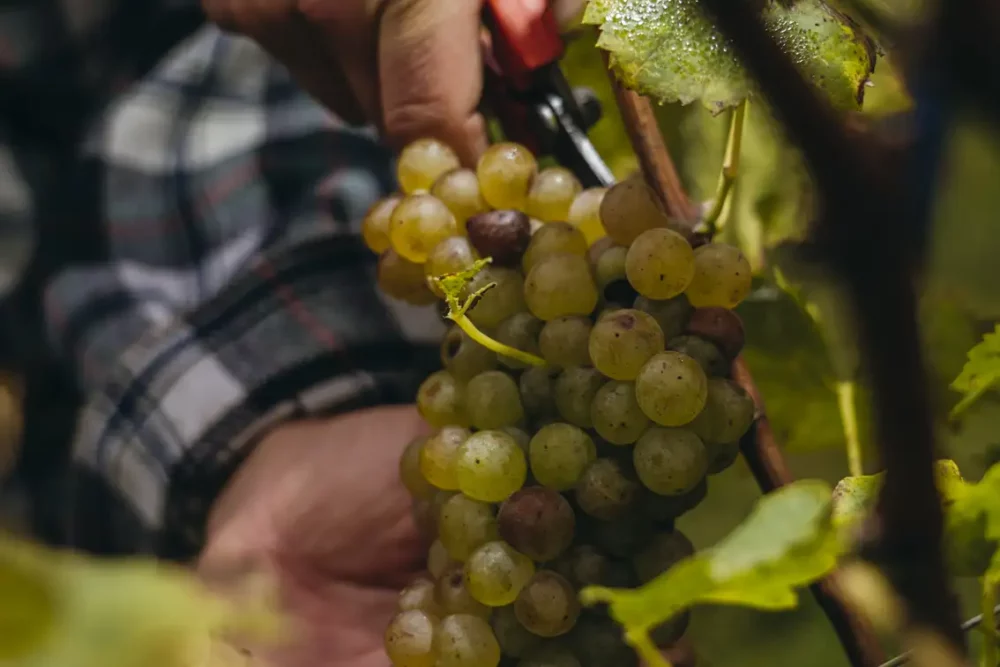
Turbiana
If you are familiar with Verdicchio, you should find Turbiana to be recognizable as such. We can debate how it is a biotype of Verdicchio and how under a microscope the alleles of the genes vary, but this is like a birdwatcher telling you that a California Scrub-Jay and a Woodhouse’s Scrub-Jay are different species. (I mean, look at these two. Can you tell the difference?)
That’s not to suggest at all that Lugana and, for example, Verdicchio dei Castelli di Jesi taste the same. But the differences you and I will detect are more likely due to climate and soil. Both offer a compelling tinge of almond-like bitterness on the finish, complemented by round, supple fruit. Both have the potential for complexity as well aging over a decade due to their high levels of tartaric acidity. And they answer the same culinary questions you might ask while cooking at home. If anything, I find Lugana to be more consistent in its textural profile, with perhaps a little more citrus-like flavor.
The important thing to recognize is the kinship between the two grapes, and that you might prefer Lugana for fritto misto and Verdicchio dei Castelli di Jesi for brodetto. But that’s for you to decide.
Lugana’s History
Grape-growing has had a presence in various forms (and to various extents) in the Lugana area since the Bronze Age. As soon as the Romans laid conquest to Lake Garda, they built impressive villas for the upper class to retreat to for respite (one of which can be seen — or at least, what’s left of it — in Sirmione). The name Garda likely has its roots in German for “place of guard.” Needless to say, conflict and conquest are part of the area’s fabric.
However, it wasn’t until the rise of the Venetian Republic that the marshy forest which covered much of Lugana’s land was cleared. Grain and cereal production increased, as did viticulture.
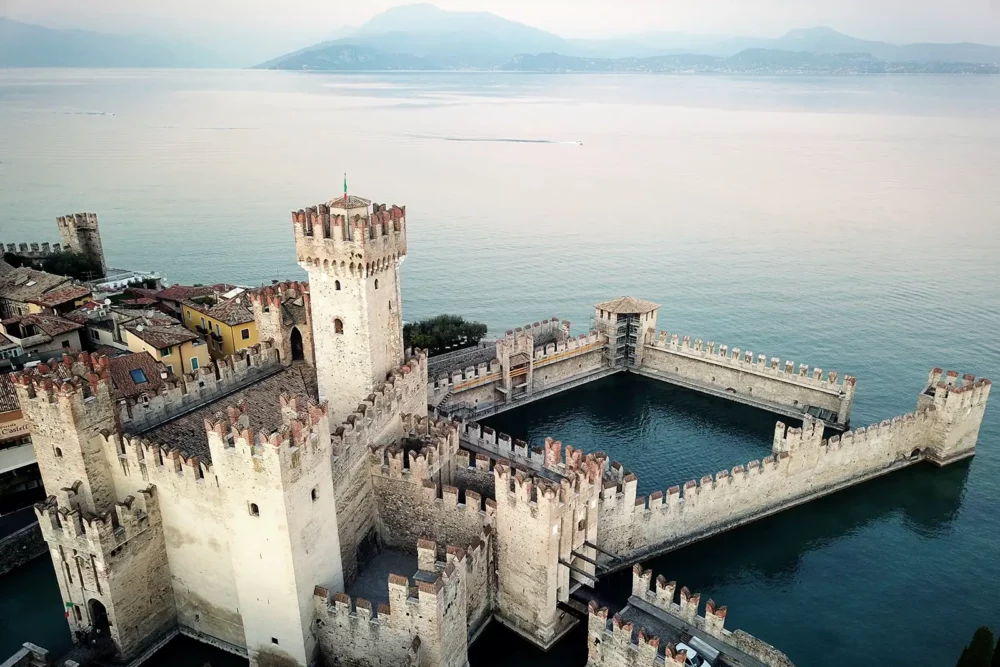
Tourism has also been historically important to the area, and that continues to fuel the local economy. Lugana’s wines are often introduced to tourists locally while they’re dining al fresco, gazing at that massive lake. Peschiera del Garda boasts historic stilt homes that are part of a broader, region-wide UNESCO World Heritage site, while peninsular Sirmione offers a crenelated castle which seems to float on the lake’s waters.
Your First Taste
As you open up a Lugana, take note of its aromatic nature. Since this is Verdicchio territory, can you detect anything nutty in that faint amaro/bitterness present in the wine? Or does it only show up in the flavors on the palate?
Secondly, what is the nature of the citric note? From there, assessing a Lugana and committing its profile to memory comes down to that lovely silky texture. Three of the four wines I tasted in revisiting Lugana this month had that supreme silkiness and caressing feature, which was cleanly wiped from the palate by the minerality that seems to come from Garda’s glacial soils.
Lugana has remarkable consistency across the appellation. In some First-Taste Guides, I am very specific about which wine ought to be your ideal introduction for note-taking. Here, I would be less concerned. Nonetheless, the first two wines embody what’s great about Lugana and come from independent, mindful wineries worth supporting.
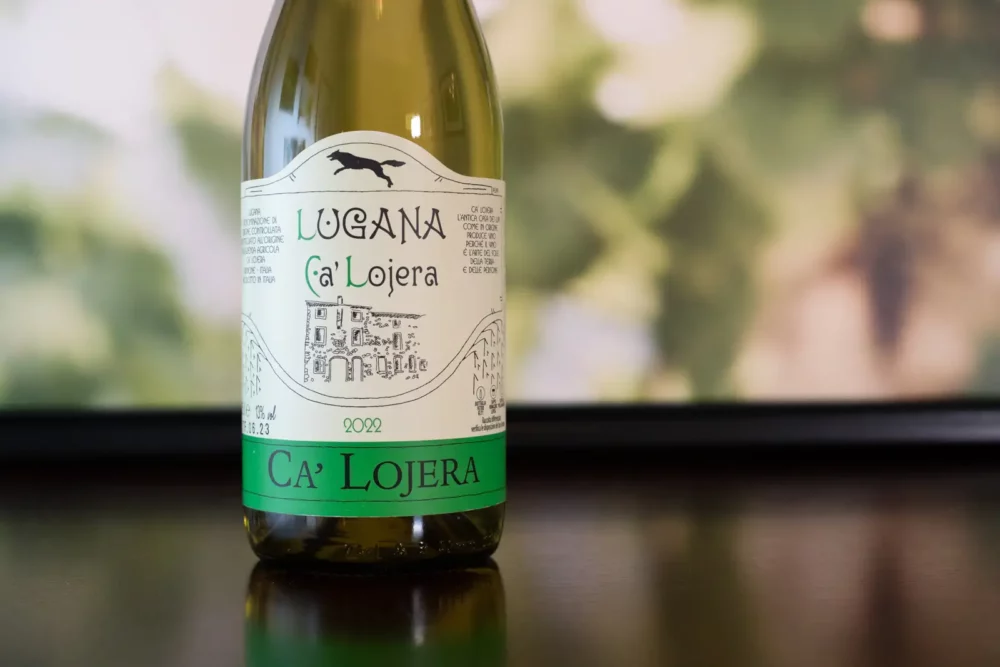
2022 Ca’ Lojera Lugana
Ca’ Lojera resides just barely on the Lombardy side of the Lugana DOC, but is quite close to both the peninsula town of Sirmione as well as the historic fishing port of Peschiera del Garda. The lake effect is heavily felt here because of that proximity, and the 30- to 40-year-old Turbiana vines have their roots in what used to be the lake bed. The estate’s Riserva del Lupo (not tasted here) can even develop a smidgen of noble rot in certain years.
In trying to describe their 2022 Lugana’s (★★★★ 3/4) aromas, I settled on “three-dimensional.” There is a lot to keep one interested, with recollections of green citrus, honeydew, thyme and almond all swirling forth. The wine’s personality is flirtatious and energetic, with a silky feel and superb persistence. The wine finishes cleanly and can endure a few days post-opening in the refrigerator.
New to Opening a Bottle? Learn more about these wine icons and why we use them.
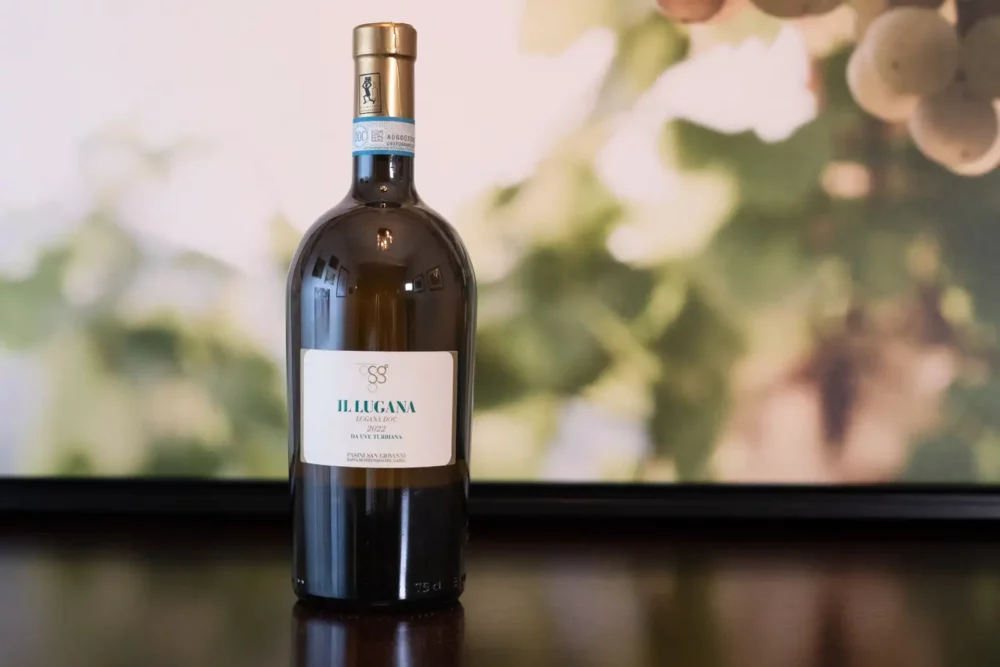
2022 Pasini San Giovanni “Il Lugana” Lugana
Situated in the Riviera del Garda DOC (which absorbed the Valtènesi DOC in 2016) Pasini San Giovanni also has holdings in Lugana from which they make “Il Lugana” (★★★★ 3/4), a direct and approachable rendition of Turbiana. Crisp, citric and perfumed ever-do-delicately like a salty rose, this wine demonstrates Lugana’s round and supple dimensions perfectly. Note the juiciness that kicks in on the finish.
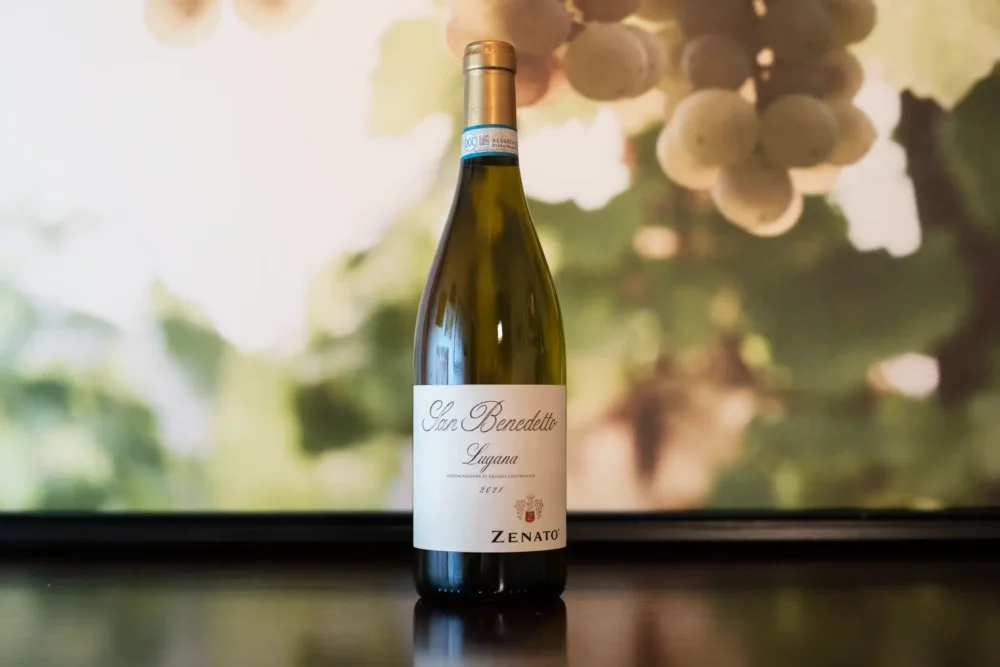
2021 Zenato “San Benedetto” Lugana
If you are not able to locate Ca’ Lojera or Pasini, Zenato’s “San Benedetto” Lugana (★★★★ 1/2) is a well-distributed and solid reflection of Lugana. This famous winery is one of the great ambassadors of Veneto and its wines, and while perhaps the Valpolicella wines are better known, the estate proudly has its roots in Lugana, too.
“San Benedetto’s” fruit tones struck me as a bit softer and gentler — more like pear and melon to the fore, citric toward the back — but it showcases Lugana’s minerality very well.
Note: These wines were provided as samples by the PR agency for Consorzio Tutela Lugana DOC after a story pitch process. Zenato’s wine was provided by their importer, Winebow, which is a Professional Subscriber to Opening a Bottle. Learn more about our editorial policies.

Subscribe to Opening a Bottle
Our passion for Italian and French wine is evident in every article we write. By joining Opening a Bottle, you gain access to the entire site, including live and recorded wine classes, individual wine reviews written without any BS, and the curated lists of the best producers in Italy and France.
All for just $79/year or $9/month.

